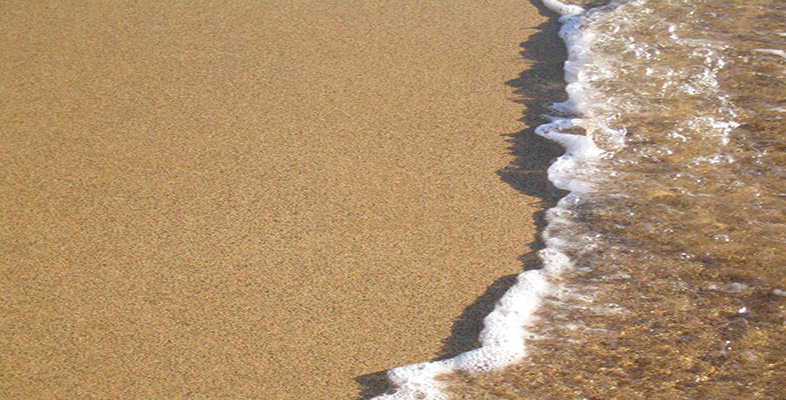4.3 Continental extension
Understanding how and why continental plates break apart is extremely important, as this step precedes the formation and development of all new ocean basins. A generalised model for the extension, rifting and separation of continental plates has been developed by examining currently active rifting environments, such as the East African and Red Sea rifts, and comparing these with mature basins, such as the Atlantic Ocean. The East African and Red Sea rifts are regarded as representing continental rifting and the early stages of ocean opening respectively. They can therefore be used as an analogy for how mature oceans, such as the Atlantic or Pacific, first developed. The Red Sea is of particular interest to geologists as a ‘living experiment’, as the final stages of continental extension and the very beginning of sea-floor spreading can be observed in this one location. At the northern end of the Red Sea, the basin floor consists of thinned continental lithosphere that has been injected by numerous basaltic dykes, indicative of the very last stages of continental extension prior to breaking apart. This contrasts with the southern end, where volcanic sites are associated with rifting and the formation of new oceanic lithosphere produced by sea-floor spreading.
Although geologists are primarily interested in the development of new ocean basins, it is important to remember that not all rifts proceed to completion. Many fail after opening just a few kilometres. However, these failed rifts are still extremely important, as they have the potential to be of exceptional economic interest as petroleum reservoirs.
Based on the present-day analogies, a number of stages in the formation, development and eventual closure of ocean basins can be identified (Figure 6).

